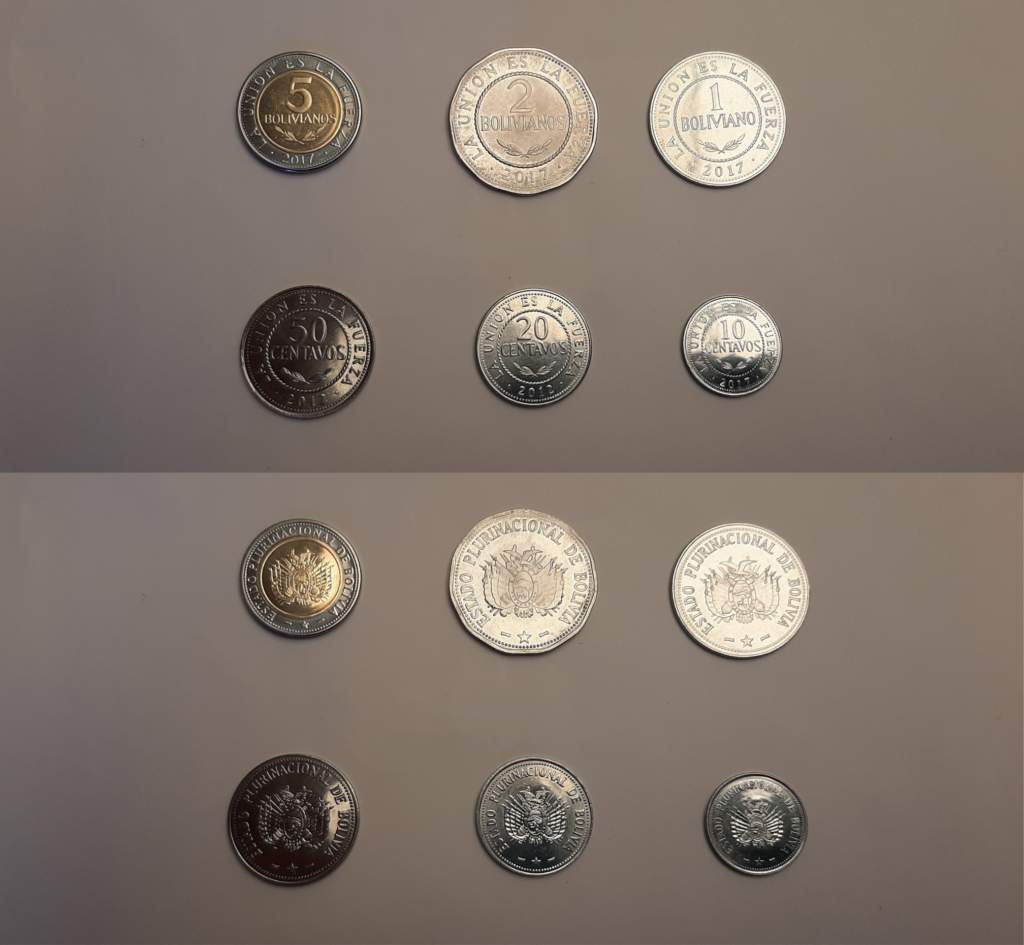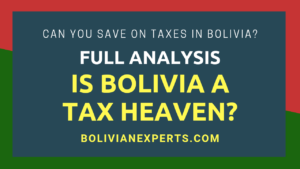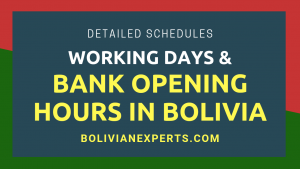The Bolivian currency hasn’t changed too much in the last decades, and although it got a new design back in 2018, this design has preserved most of the appearance and features of the previous one. Bolivian money follows all the rigorous and current standards for how cash and currencies should be designed and created in the modern world.
Bolivian money looks like most other modern currencies in the world. This currency has both coins and bills in 11 denominations, coins are made of mostly stainless steel, but copper in some cases. Bills are of a unique color for each denomination, carrying all modern standard security measures.
In this note, we’re going to show you what the Bolivian money looks like in the present, with all its details and features, including color, texture, images, and personalities that you can find in both the bills and coins of our country, also the security features it has.
There are 2 versions of the Boliviano Bs currency
The previous design of the Bolivian currency had been active for several decades until recently another not very different design came to the public. But nowadays (2022) both designs are still valid for use in Bolivia.

While the previous design was focused to show the colonial history that happened in the 15-18 centuries, and also the heroes of freedom, memorable places, and dates of the liberation of Bolivia as an independent country, the last design is rather highlighting indigenous and local heroes and places, showing Bolivia as a multicultural and multiethnic country.
This comes as the result of the different views, ideas, and philosophy that the actual government, still supported by a big part of the population here, has been trying to support and make Bolivians “proud again of their own heroes, culture, and history” rather than the colonial ones, which as the government stands are “imposed historical figures”.
A) The previous version
This version has existed for around 35 years, since 1987, created following the worst hyperinflation the country experienced in the mid-80s and resetting the Bolivian currency, and also after the democratic times reached the “Republic of Bolivia” status.
B) The actual version
The current version has been rolled out at a very slow pace, since 2018, first with the Bs.10 denomination. In 2019 all of the denominations were already circulating in the country. As we told you, this new design is the mark of the new “Plurinational State of Bolivia” and the actual government.
As of November 2022 both versions of the Bolivian money (cash) are valid to make transactions anywhere in the country. We think that both versions will still be valid until 2025.
The 11 denominations of the Bolivian currency (Boliviano, BOB, Bs)
1) 10 cents coin (c. 10)
The 10-cent coin of Bolivia is quite small, with a diameter of around half an inch. It comes in 2 versions, a stainless steel version and a copper one. It also weighs around 2 grams and is equivalent in purchase value to a 1.3 USD penny or 1.3¢.
What can you buy with c. 10?
With a 10-cent coin in Bolivia, you can’t buy almost anything, maybe a small candy in a candy kiosk or a 5-second phone call, but it is still important as many goods are priced as, for example, Bs2.60, Bs3.30 or Bs5.10, so in some cases you’ll need it to get change.
2) 20 cents coin (c. 20)
The 20-cent coin of Bolivia is still tiny but a little bit bigger than the 10-cent coin, with a diameter of around 7/10 inches. It’s only a stainless steel coin that doesn’t have its copper version. It weighs around 4 grams and is equivalent in purchase value to ⅗ of a 5-cent nickel (3¢ USD).
What can you buy with c. 20?
With a 20-cent coin in Bolivia, you can’t buy too many things, for example, just some kinds of candies, a 10-second phone call, chewing gum, etcetera, but it’s also important to give or get change and it’s widely used here.
3) 50 cents coin (c. 50)
The 50-cent coin in Bolivia is a little bit heavier and larger, it’s only available in a stainless steel version and its diameter is around 8/10 inches. It weighs around 5 grams and it’s equivalent in purchase value to 1 nickel + 2 pennies (7¢ USD).
What can you buy with c. 50?
With a 50-cent coin in Bolivia, you can buy some important stuff, for example, a piece of bread, a small bag of water, a 30-second phone call, almost any candy or chewing gum, and similar stuff.
4) 1 Boliviano coin (Bs 1)
The Bs1 coin is maybe the main coin used in transactions in Bolivia, it is quite larger and heavier than its smaller counterparts. This coin is about 1 inch in diameter, it weighs around 8 grams, and comes only in a stainless steel version. Its purchase value is very close to 1 dime + 1 nickel (15¢ USD).
What can you buy with Bs 1?
With a Bs1 coin in Bolivia, you can buy some important stuff, like 2 pieces of bread, public bathroom use, public transportation in some places, and also one of the next combos: 3 bananas, 1 apple, 2 oranges, a personal soda or coke, among other stuff.
5) 2 Bolivianos coin (Bs 2)
The Bs2 coin is the largest and heaviest coin currently circulating in Bolivia, it’s also widely used. It comes in two sizes: a) one with the same size as a Bs1 coin and b) the other one a little bit larger with a diameter of about 1.1 inches. It weighs nearly 12 grams and has corrugated edges as its main feature.
Its purchase value is about 3 dimes (30¢ USD) and only comes in the stainless steel version.
What can you buy with Bs 2?
You can buy many small and day-to-day stuff with a Bs2 coin in Bolivia, for example, public transportation in any urban area, a 1-minute local call, any type of candy, even small snacks from food kiosks, but also one of the following things: 4 pieces of bread, 7 bananas, 1 pound of rice, 2 personal cokes, etcetera.
6) 5 Bolivianos coin (Bs 5)
The Bs5 coin is unique in many ways, it comes with a design of 2 colors and 2 materials mixed, copper at its center and stainless steel at its edges. This coin is small, around 7/10 inches, but quite heavy and thick, weighing about 9 grams. It’s also jagged and corrugated on its borders.
Its purchase value is about the same as 7 dimes, or a half and a quarter (70¢ USD). It is the last Bolivian coin and the one that has the highest purchase value.
What can you buy with Bs 5?
With a Bs5 coin, you can buy a lot of things, for example, 2 or 3 public transportation tickets, a light breakfast, a salteña (native Bolivian snack link), an empanada, but also one of the following: 10 pieces of bread, a 2L bag of milk, a 2L bottle of water, a 2L coke bottle, a hamburger in some places, or 10 apples, 15 bananas, 10 oranges, etcetera.
7) 10 Bolivianos bill (Bs 10)
This is the first bill, and the one with the lowest purchasing power, that exists in the Bolivian economy. It’s a predominantly blue and white bill that shows Bolivian indigenous personalities and historically relevant places. Its purchase value is around 1 dollar and a half ($1.5).
All currently valid Bolivian bills, in both previous and latest versions, have a size of 5.5in x 2.75in (14cm x 7cm).
What can you buy with Bs 10?
With a Bs10 bill, you can buy more valuable stuff, e.g. a common meal in some places (not in tourist places, where you’ll need at least Bs.50 for a meal), a phone card for mobile data and calls, a short distance taxi or Uber ride, but also one of the following: a breakfast, a 3L bottle of coke, water or milk, 35 bananas, 10 apples, etcetera.
8) 20 Bolivianos bill (Bs 20)
This is a low-value bill that is heavily used in commercial transactions, along with the Bs10 bill, in Bolivia. It’s a predominantly orange and white bill and shows both indigenous and colonial personalities, but also historical and relevant places, also flora and fauna symbols from the country.
Its purchase value is slightly above 3 dollars ($3).
What can you buy with Bs20?
With a Bs20 bill, you can buy lunch in most restaurants and food stores, or take a long taxi or Uber ride (although they tend to charge significantly more to foreigners). You can also buy a fast food meal in places like Burger King and even travel between La Paz and Oruro.
9) 50 Bolivianos bill (Bs 50)
The Bs50 bill represents quite a lot of money for Bolivians, as it usually can pay the expenses of the day. It’s a predominantly purple and white bill that shows many Bolivian symbols, important historic people, and other symbolic aspects. Its purchase value is about 7 dollars ($7).
What can you buy with Bs 50?
This bill allows Bolivians to buy many important things, it can even cover the full expenses for a given day for many locals. With it, you can buy an intercity bus ticket, large meals, and plates in good restaurants, and even a night in cheap low-quality hotels.
10) 100 Bolivianos bill (Bs 100)
This is a high-value bill, which is comparable in its meaning for Bolivians to a $100 bill for Americans as it represents quite a lot of money for the Bolivian economy. It’s a predominantly red and white bill that shows both indigenous and colonial personalities, also important places and representative flora and fauna from the country.
Its purchase value is around 15 dollars ($15).
What can you buy with Bs 100?
Bolivians normally with a Bs100 bill buy several important stuff, for example, all the groceries needed in a week for one person, a bus ticket from La Paz to Santa Cruz, the best meals in the best restaurants available, subscriptions to courses, 2 cinema tickets, some tourist souvenirs, etcetera.
11) 200 Bolivianos bill (Bs 200)
This is the bill with the most value that currently circulates in the Bolivian economy, as Bs200 represents ~10% of the minimum Bolivian wage. It’s a predominantly brown and white bill that again shows both native and colonial personalities, but also important tourist places like this Sun’s Gate and the “Monoliths” ruins in the Tiwanaku town.
Its purchase value is slightly below 30 dollars ($30).
What can you buy with Bs 200?
How to spot counterfeit Bolivian currency?
Like with any other modern currency in the world, you have several options available to determine if the Bolivian bill or cash you’re holding is real or fake, as we detail in the following sections.
The 3 steps to not get fooled by fake Bolivian money
The Bolivian government has recently established some guidelines to rapidly know if the money you are holding is real or fake. It consists of 3 steps: look, touch, and tilt.
A) Look
First, you should look through the bill and try to notice the very clear watermark of the bill’s personality and the bill’s value printed inside it. If it looks diffuse, weak, or negligible, it’s a good sign that it may be a fake bill.
B) Touch
All the Bolivian currency bills have relief in:
- The bill’s number
- The bill’s personalities and images
- The bill’s text
- The bill’s lines and bands
If the bill you’re holding appears to be too soft to the touch, like normal paper, or even with a little relief, almost for sure it’s a fake bill.
C) Tilt
If you tilt any Bolivian currency bill, you should be able to see a very sharp and noticeable change in the color and shine of the bill’s security thread. If this thread is absent, looks weak or weird, or doesn’t change color like we just said, then the bill you have is almost for sure a fake one.
In the new Bolivian bill’s design, this same change in both the color and the shine can be seen also in the image that represents the fauna inside the bill.
Conclusions:
In this guide about how the Bolivian money looks like, you’ve seen that it is very similar to other currencies from most countries around the world, having both coins and bills spread across 11 denominations from the 10 cents coin to the Bs200 bill.
You have seen that in the Bolivian currency, all the coins are made of stainless steel except for a copper version for the 10 cents coin and a mixed copper with stainless steel version for the Bs5 coin.
You also saw that all Bolivian bills are 5.5in x 2.75in (14cm x 7cm) in size, and each denomination has its unique color as follows; Bs10 bill: white and blue, Bs20 bill: white and orange, Bs50 bill: white and purple, Bs100: white and red, Bs200 bill: white and brown. Having all bills also 2 designs that are still simultaneously circulating.
You’ve realized that the Bolivian money includes and embeds all the most important modern security measures like watermarks, different types of reliefs, and color and shine changes in their security thread and other images. Additionally, you saw the purchasing power of each denomination and stuff you can commonly buy with each of them.
Finally, you’ve learned some measures to avoid getting fake money like as the Bolivian government says, following the 3 steps: look, touch, and tilt, and with this, try to see the watermarks, the reliefs, the security thread, and the color change and shines that all the bills of the Bolivian money have.
We hope this information has helped you, and if you want to know which one is the best currency to use in Bolivia, comparing Bolivianos with dollars, euros, and other currencies, also the proper amounts of each one of them, visit our dedicated guide on this topic: The best currency for Bolivia, all the facts and details to know.
BolivianExperts.com, information about how to live, work, invest, and travel in Bolivia.








